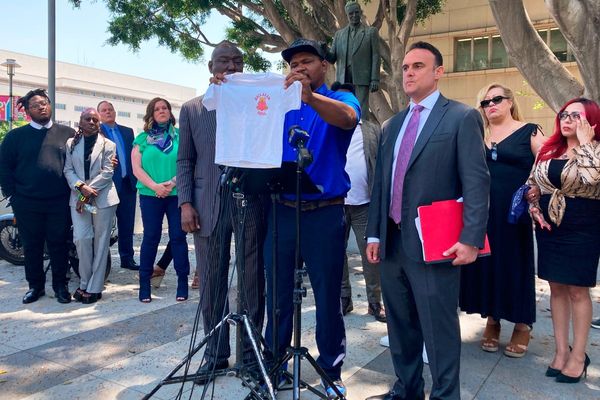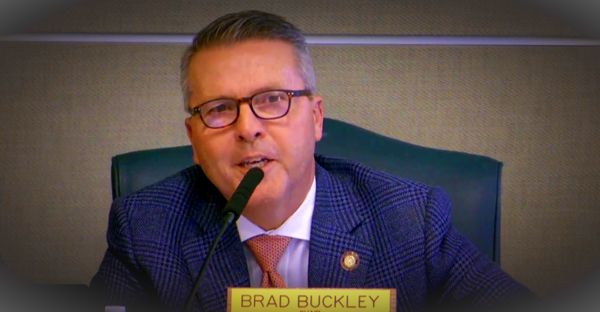
Workers’ living standards are rising at their fastest rate in three and a half years, new official figures reveal today.
The rate of pay growth unexpectedly jumped to 5.6% in the three months to November in good news for disposable incomes but a potential setback to hopes for an interest rate cut next month.
Latest data from the Office for National Statistics (ONS) showed regular earning growth up from, 5.2% in the previous three months.
In real terms, after taking inflation into account, that means regular pay growth rose 2.5%, the highest rate since the summer of 2021. If housing costs are excluded real earnings rose by 3.4%, the fastest since the May to July quarter.
The rise in wage growth will complicate the decision making for the Bank of England’s Monetary Policy Committee (MPC) when it meets in early February. Data last week showed headline inflation easing to 2.5% and GDP growth in November at just 0.1%, raising expectation of a rate cut to 4.5%.
Annual average regular earnings growth for the private sector was 6%, while for the public sector, it was 4.1%.
Sarah Coles, head of personal finance, at investment platform Hargreaves Lansdown, said: “Wages outpaced inflation again, running hotter than they have for three and a half years. We’re enjoying a smidge of extra wiggle room in our budgets right now, but it could have a sting in the tail if it ends up fuelling higher inflation.
Wages are rising faster than a month ago – and well ahead of inflation. Pay hasn’t put this much clear blue water between itself and inflation for around three and a half years, so the difference is palpable. It’s leaving us with more money at the end of the month: this week’s new HL Savings & Resilience Barometer puts this at an increasingly healthy average of £136 – rising to £726 among the highest fifth of earners.
“It’s a major reason why we’re saving more at the moment, and building our short-term resilience. Measures in the Budget should keep wages rising for a while longer, given the public sector wage rises and minimum wage hikes on the cards in April.
Kyle Chapman, FX markets analyst at Ballinger Group said: “UK ex-bonus wage growth accelerated from 5.2% to 5.6% in November, slightly beating expectations.
“It is a strong number and on the surface it paints a concerning picture for services inflation for the Bank of England, but it is partly driven by base effects and the data still broadly points to a loosening in the labour market. Vacancies have fallen for thirty consecutive months. It is very unlikely to derail a cut in February.
“While sterling has made some modest gains from the beat, a hawkish BoE outlook isn't what it used to be for the pound. It has developed a complicated relationship with yields of late, as rising long term borrowing costs have squeezed out Reeves' headroom and could force some difficult decisions thanks to the self-imposed fiscal rules. The market is far more focused on Trump's first few days right now, anyway.”
Rebecca Florisson, principal analyst at the Work Foundation at Lancaster University, said:“Today’s labour market figures provide a mixed picture – increases to real term pay may grab the headlines, but other indicators remain sluggish.
“Regular pay is up 5.6% on the year, driven by private sector pay growth. While real wage growth of 2.5% on the year is good news for workers these gains appear to be being driven by pay catching up with price rises, not by increased productivity or economic growth.
“The Government must not be complacent that this level of pay growth will continue throughout 2025 and provide the improved living standards they are promising. This latest pay data may though raise further questions for Bank of England ratesetters, who may be concerned by continued strong wage growth in a stagnating economy.
Meanwhile the rate of UK unemployment rose to 4.4% in the three months to November from 4.3% in the three months to October, the ONS said.
Work and Pensions Secretary Liz Kendall said: “Today’s figures are more evidence that we must Get Britain Working, which is why this Government is relentlessly focused on driving up opportunity and driving down barriers to success in every part of the country.
“With real wages continuing to rise we are working to boost living standards and get the economy growing as part of our Plan for Change by reforming Jobcentres, joining up fragmented local support and guaranteeing every young person has the chance to be earning or learning.”







